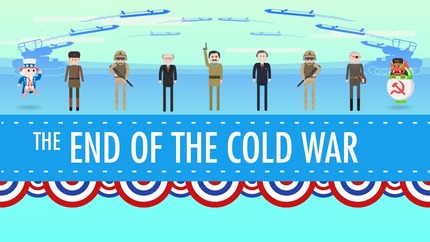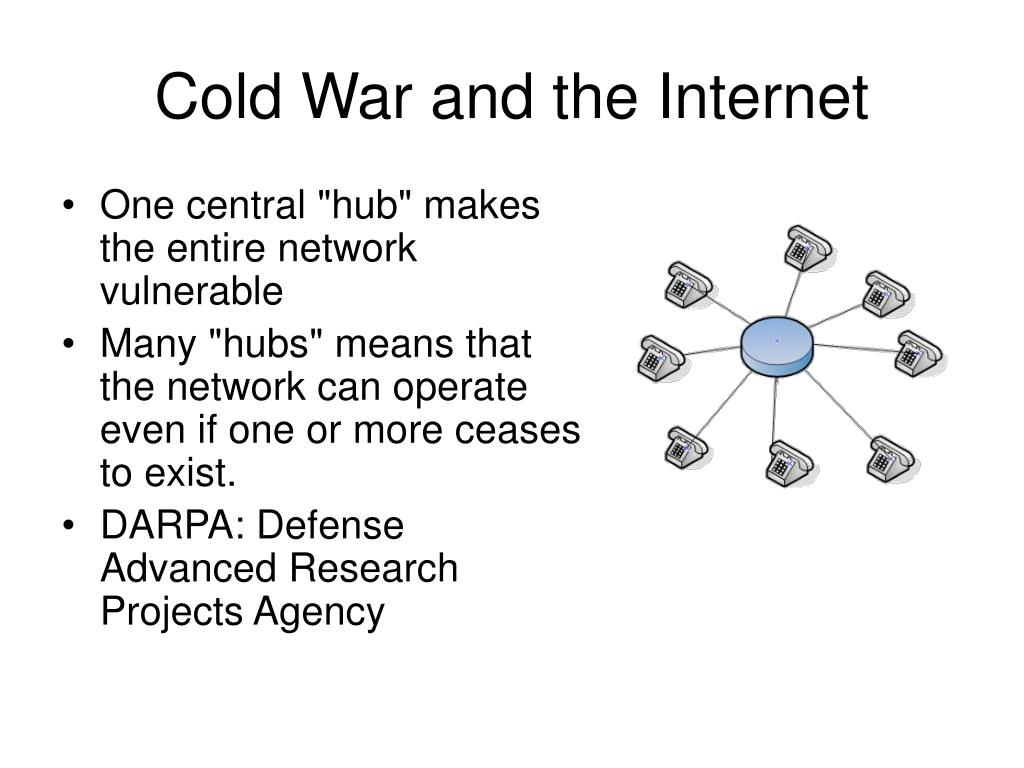


With the benefit of hindsight, we may now clearly state that this overt threat of nuclear annihilation kept both sides from pursuing a more aggressive or expansionistic foreign policy as the U.S. The cycle of history has turned, and once again civilization stands vulnerable to annihilation.” National defense, in the traditional sense, is no longer possible. Hiroshima changed everything, the Congressional Aviation Policy Board concluded in 1948, “Militarily speaking, at that same hour the security frontiers of all nations disappeared from the map. Kaltenborn, one of the most respected American broadcasters of the period, told his listeners on the night of 6 August 1945, “We must assume that with the passage of only a little time, an improved form of the new weapon we use today can be turned against us.” This fear dominated the Cold War, as policymakers and pundits alike recognized that any potential conflict could escalate to the point of global destruction once both superpowers possessed these weapons. The devastation caused on 6 August 1945 at Hiroshima and 9 August 1945 at Nagasaki led the world to fear an atomic war, and to fear what atomic weapons could do, even to their inventors. The use of the atomic bomb at the end of World War II forever altered the tone of international relations.

The conflict that arose between these two fundamentally irreconcilable systems, paradoxically based upon stability through mutual destruction, helped spawn development of new weapons systems. This system formed almost immediately following World War II, when the United States and the Soviet Union epitomized the differences between a capitalist and a communist world. More than merely a military standoff, the Cold War offered a stable international system forged by the world’s emerging two superpowers-the United States and the Soviet Union-that lasted more than four decades. Two years earlier, British author and journalist George Orwell called a world living in the shadow of a nuclear war “a peace that is no peace” and referred to it as a “cold war.” The term, Cold War, would come to define the political, social, and economic history of the second half of the twentieth century. Journalist Walter Lippmann’s 1947 book, The Cold War, first used and popularized the term “cold war” to refer to the post- World War II confrontation between the United States and the Soviet Union.


 0 kommentar(er)
0 kommentar(er)
